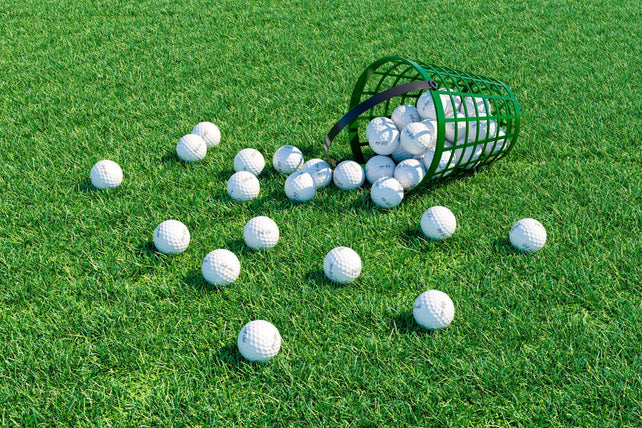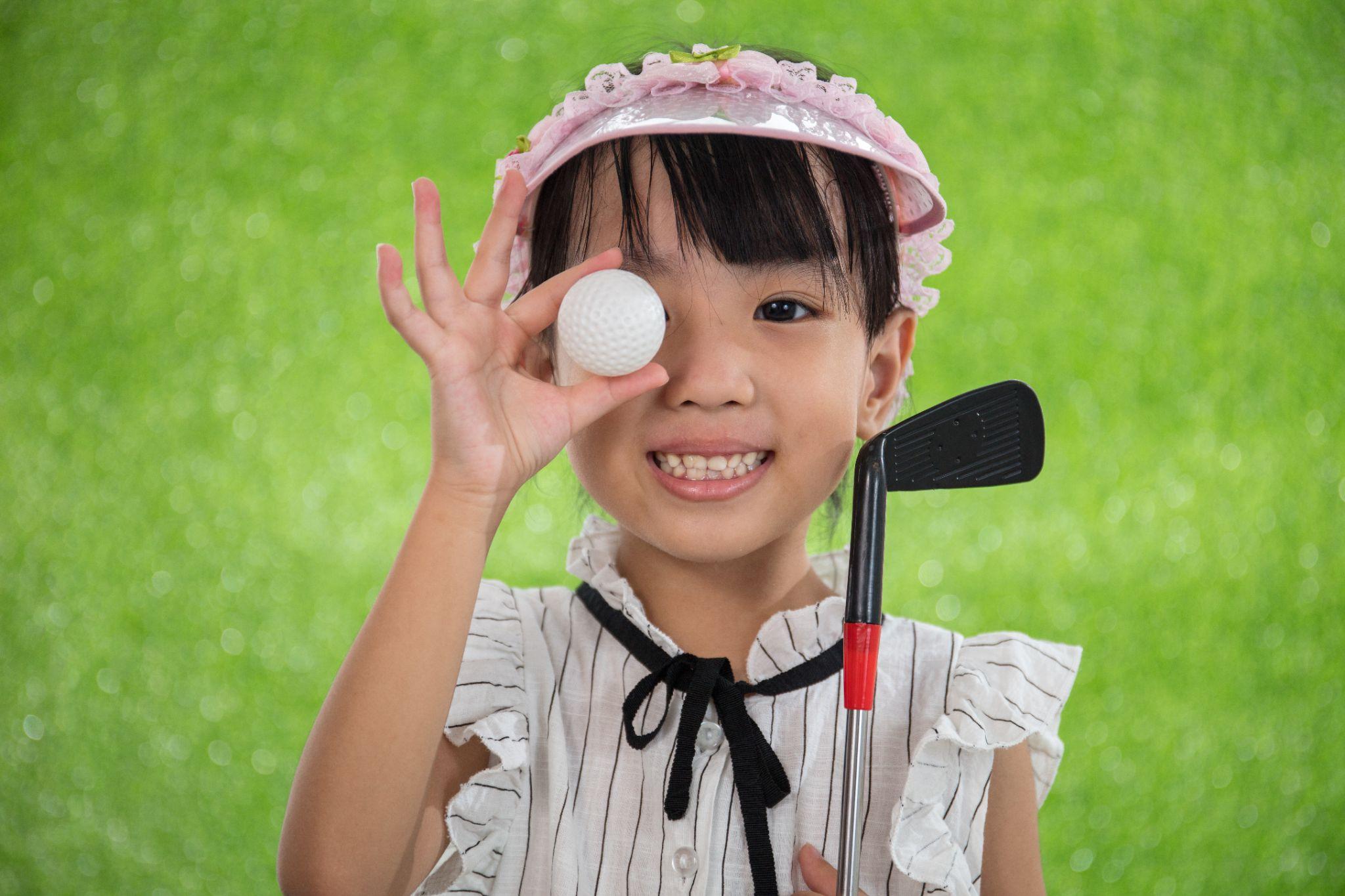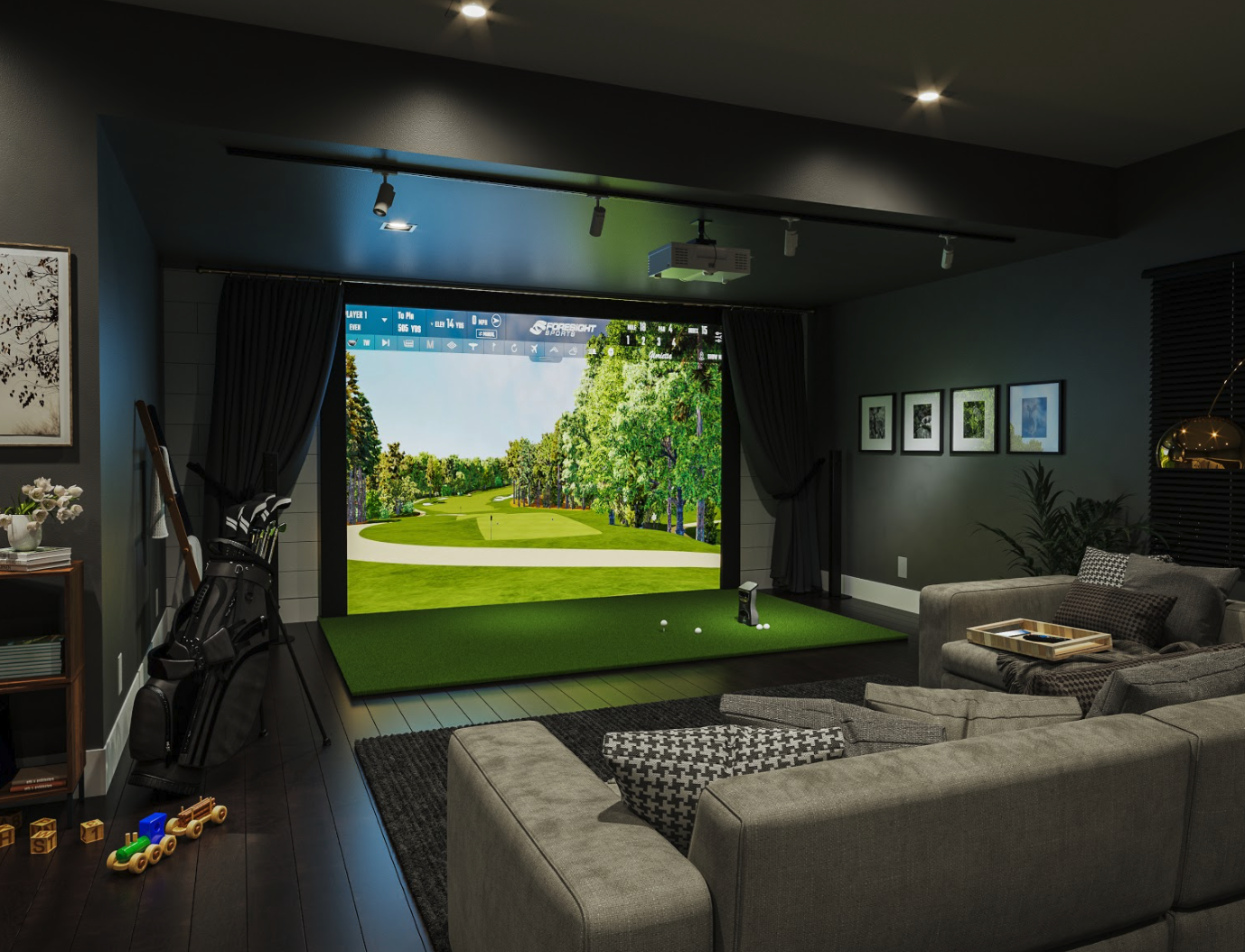You have no items in your bag
Do Golf Balls Go Bad?
Sep 02, 2021
Two questions that come up frequently when golfing are how long do golf balls last and do golf balls go bad? There are a number of factors that can affect the quality of golf balls. These factors will determine how long golf balls will last and when it is time to swap them out for new golf balls.
Factor #1: Number of Rounds

The number of rounds—a typical round on a golf course consists of 18 holes— on average a golf lasts around seven rounds. Wear and tear is caused by many factors, hitting the ball, the ball landing on cart paths, the ball hitting trees, golf carts, and other on-course objects.
Once you notice visible wear and tear on the ball, like scuff marks and deep scratches, it is time to replace the ball. You should get into the habit of washing your golf balls after the round to help extend their life.
Factor #2: Storage Temperatures
Golf balls stored at room temperature have a shelf life of around a decade or longer if they are brand new. However, if they are stored in extremely cold conditions or hot conditions, the balls will deteriorate more quickly.
It is a myth to store golf balls in the freezer. This damages the balls, which is noticeable when you use them. Your drive distance will be noticeably reduced. Conversely, storing golf balls in temperatures above 80 degrees Fahrenheit will cause the golf balls to soften.
The ideal indoor storage temperature is between 70 and 80 degrees Fahrenheit. So, it is important to never leave golf balls in your car in the hot summer heat or during the fall and winter when it is much colder.
Factor #3: Exposure to Water
Playing golf when it is raining will not affect the lifespan of your golf balls. Golf balls are designed to be resistant to water. However, microfractures, chips, and cracks in the ball can allow water to get inside the core and cause performance problems.
Additionally, if golf balls sit in water traps for more than 12 hours, the outer cover will start to break down, and water will seep into the ball’s core. Extended exposure to water will affect the ball’s performance.
Factor #4: Exposure to Sunlight
Golf balls that are left outdoors and exposed to the UV rays of the sun will deteriorate faster. This is because the UV rays will slowly break down the outer protective layer and make it more brittle and prone to cracking and chipping.
How to Check if a Gold Ball Has Gone Bad

You can do several things to check your golf balls to determine if they have gone bad. Taking the time to check your balls before playing a round will ensure you have good golf balls.
Is the ball cracked or chipped?
If the outer cover is cracked or chipped, the ball is no good. Do a thorough inspection because cracks and chips can be hard to spot when examining the dimples on the balls.
Does the ball bounce?
The bounce test can be done on any hard surface to determine how well it bounces. You will want to use a new ball and compare how it bounces to your used balls. If the used balls bounce about the same height, then they are fine.
How far does the ball travel?
For this test, you can use a launch monitor to measure drive data. Start by using a new ball to establish the test parameters. Now, test your used balls. Good golf balls will have fairly similar performance data.
Does the ball still make a panging sound?
You know that sound you hear when you hit a new golf ball? That is referred to as an audible pang. It is best to do this test at a driving range or using your at-home golf simulator setup.
Use your drive and hit a new ball, and listen to the sound the ball makes. Now repeat the process with your used balls. If they make the same sound, they are still good.
Does the golf ball float? Golf balls will float in salt water.

This test is easy to do at home simply by taking a container and mixing in salt. Test the saltiness of the water by tasting it. You will know you have added sufficient salt when the water tastes like the ocean.
Now, drop the ball into the water. Good golf balls will float to the top. If any sink or do not float all the way to the top, the balls have gone bad.
How to Store Golf Balls for Longevity
Golf balls will last a long time when stored correctly. You want to make sure to keep your new golf balls separated from your used golf balls. They should be kept indoors at room temperature when they are not being used.
Never leave your golf balls in your vehicle or outside where they can be exposed to extreme hot and cold, as well as the UV rays of the sun. By checking your golf balls regularly and storing them correctly, you will get numerous rounds out of them before they go bad and need to be replaced.
At-Home Golf Launch Monitors and Golf Simulators

Whether you are an avid golfer or new to the game of golf, having an at-home golf launch monitor and golf simulator allows you to enjoy playing golf whenever you want. You can play a few holes or an entire round.
Not to mention, you can use your launch monitor and golf simulator to test your golf balls to find out if they have gone bad.
Find the perfect true-to-life golf simulator and launch monitor package that can be customized to fit your specific needs and space by exploring your options at Foresight Sports. Please feel free to contact us at (858) 880-0179 if you have any questions or would like our assistance in designing your at-home golf simulator today!




































